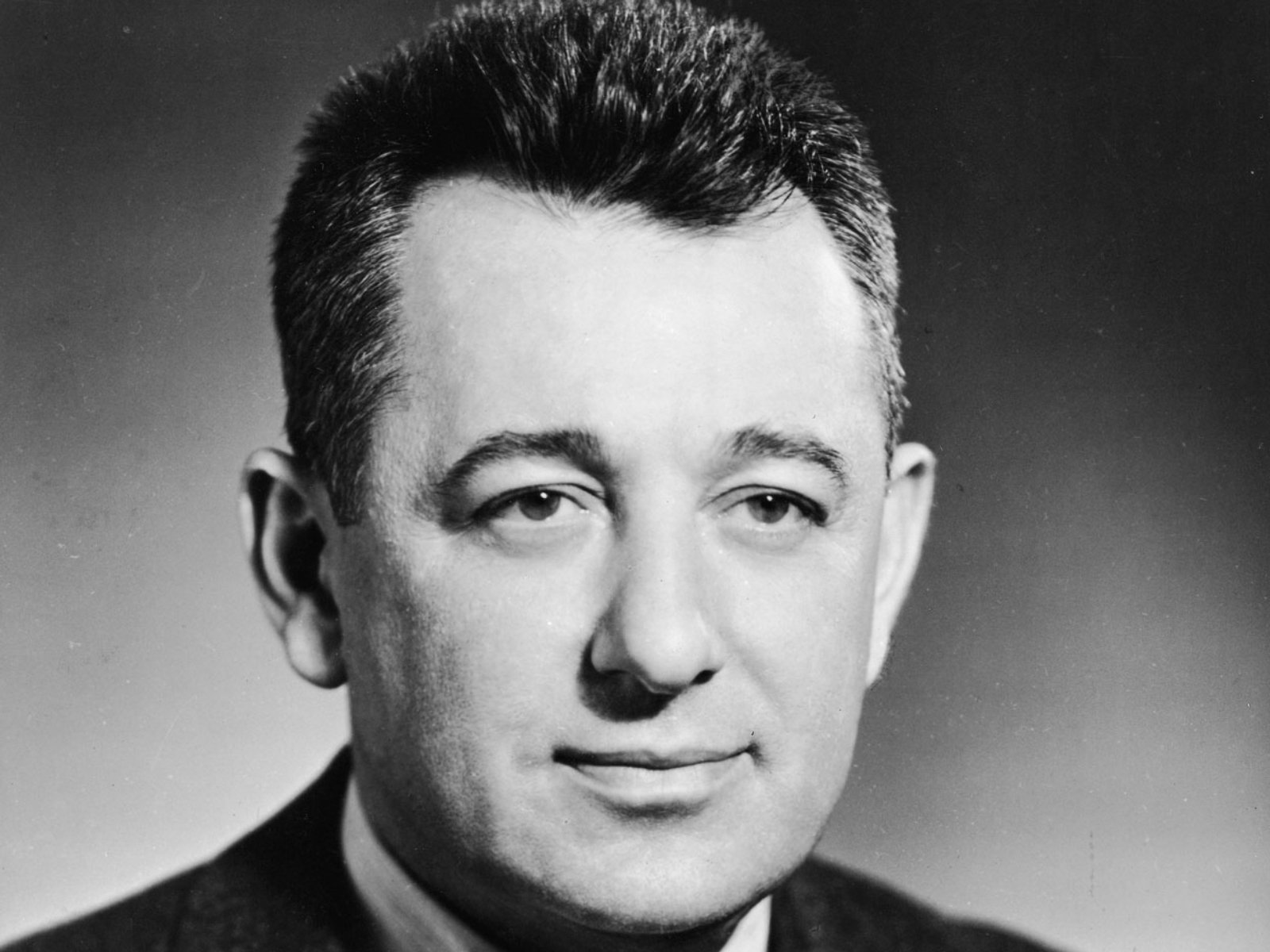Gordon Bunshaft
Architect

American
1909(Birth)
1990(Death)
Skidmore, Ownings & Merrill
Biography
Gordon Bunshaft received his Bachelor's and Master's degrees in architecture from the Massachusetts Institute of Technology, and was awarded the Rotch Travelling Scholarship shortly after graduation in 1935. Bunshaft used his scholarship to travel through Europe, where he sketched and photographed many sites of architectural significance. After a brief period at the office of Edward Durrell Stone, Bunshaft joined the New York office of the young architectural firm Skidmore, Owings & Merrill (SOM) in 1937. With the onset of World War II, Bunshaft took a leave of absence between 1942 and 1946 to serve in the US Army Corps of Engineers. In 1943, Bunshaft married Nina Wayler, an actress originally from the Los Angeles area. After World War II, SOM was to become one of the most influential architecture, planning, and design firms in the United States. Bunshaft was named a partner in SOM in 1949, directing the New York office until his retirement in 1979. Bunshaft's impact on American architecture was largely in the arena of large-scale corporate architecture. In 1952, he completed the design of Lever House in New York City, a landmark of Post-War International Style glass curtain-wall skyscrapers. Among his other noted designs are the Chase Manhattan Bank in New York City; Connecticut General Headquarters in Bloomfield, Connecticut; the Beinecke Rare Book & Manuscript Library at Yale University in New Haven, Connecticut; the Lyndon B. Johnson Library in Austin, Texas; and the National Commercial Bank and Haj Terminal in Jeddah, Saudi Arabia. Bunshaft also received many awards, including the Pritzker Architecture Prize, the AIA Medal of Honor and election to the College of Fellows, and the National Institute of Arts and Letter's first prize in architecture (Arnold W. Brunner Memorial). Bunshaft and his wife Nina were also passionate art collectors, maintaining long-standing friendships with such notable artists as Henry Moore and Jean Dubuffet, and collecting various works of modern and “ancient” art throughout their travels. Additionally, through SOM’s work with corporate modernist architecture, Bunshaft worked to incorporate modern art into the public spaces of these projects, often using artists like Henry Moore, Jean Dubuffet, and Isamu Noguchi. Such an interaction between art and architecture can be seen most notably between Noguchi’s cube and the Marine Midland Bank Building in Manhattan. Bunshaft also served as a member of the Fine Arts Commission in Washington, D.C. and as a trustee of the Museum of Modern Art in New York City. Bunshaft died in New York City in 1990. (Source: Columbia University Avery Architectural & Fine Arts Library)